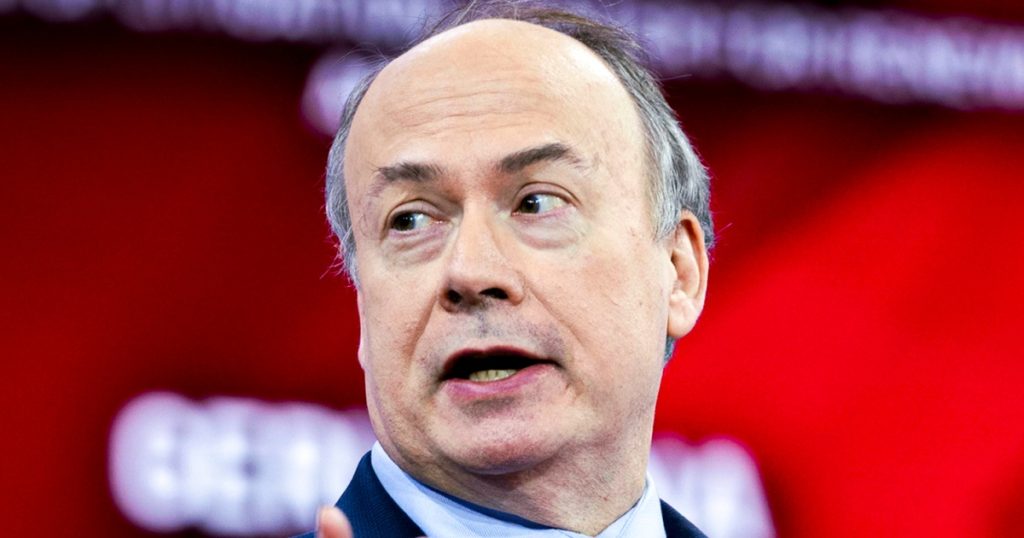Former Justice Department civil lawyer Jeffrey Clark, who was nearly appointed acting attorney general by Donald Trump on the day of the Capitol attack, repeatedly claimed his Fifth Amendment right during a disbarment hearing. Clark faces criminal charges in Georgia related to the state racketeering case against Trump. He has pleaded not guilty and is an unindicted co-conspirator in a federal election interference case. Clark’s involvement in attempts to overturn the 2020 election loss led to a disciplinary hearing initiated by the D.C. Bar’s Office of Disciplinary Counsel.
During the hearing, Clark’s lawyer expressed a desire to prevent him from constantly invoking his Fifth Amendment right to avoid unnecessary coverage in the media. Clark testified that his client, in regard to attorney-client privilege, was President Trump. Former acting Attorney General Jeff Rosen testified that Clark was not forthcoming about his investigation into conspiracy theories surrounding the election and was seeking to look into matters beyond his scope of expertise. Rosen also mentioned that Clark had read things on the internet and tried to provide him with information to help him come back from his extreme stance on the election process.
Richard Donoghue, the former No. 2 official at the Justice Department, testified that Clark was out of his lane and lacked experience in criminal and election law. He recounted a standoff in the Oval Office on Jan. 3, 2021, where he pointed out Clark’s lack of qualifications and suggested he stick to environmental law. The threat of mass resignations at the Justice Department due to Clark’s potential appointment as acting attorney general played a role in Trump stepping back from his plan.
Clark’s defense team called a Republican politician and Trump delegate who claimed voter fraud in Georgia in 2020, despite previous investigations dismissing these claims. The disciplinary board for the D.C. Bar had already recommended the loss of Rudy Giuliani’s law license due to his efforts to undermine the integrity of the 2020 election. The board cited Giuliani’s malicious and baseless claims as damaging to democracy. The hearing into Clark’s involvement in election-related matters is ongoing, with tensions rising over the role he played in the events leading up to the Capitol attack. Despite his assertion of his Fifth Amendment right, the investigation into his actions continues.








